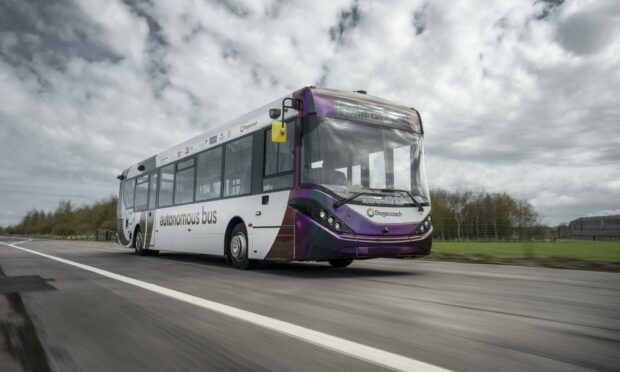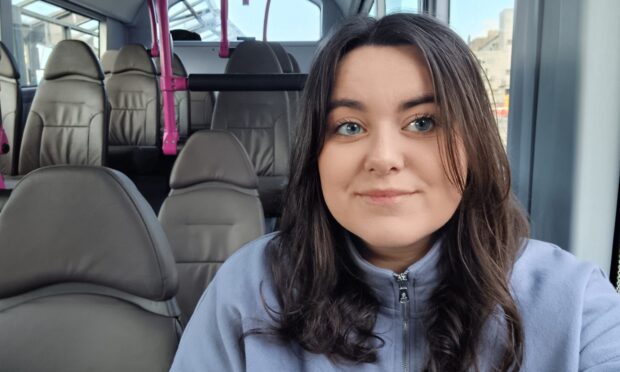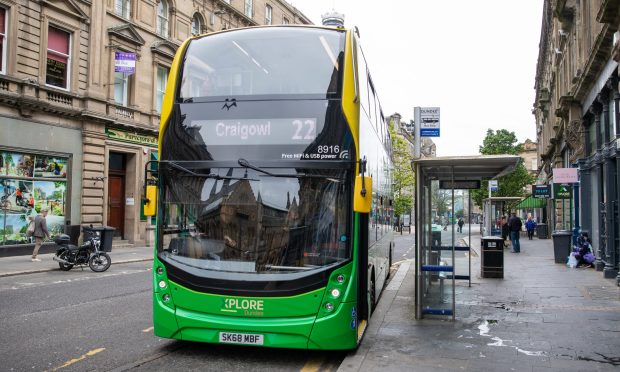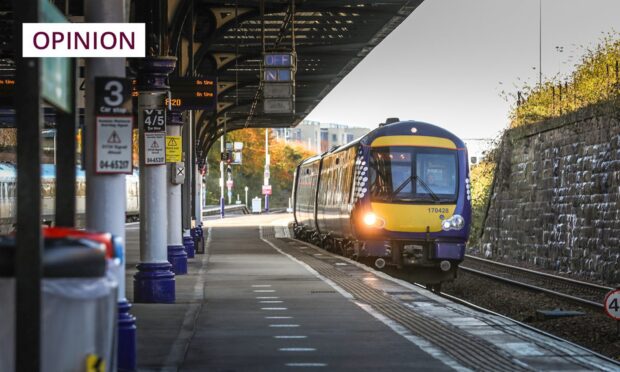‘Driverless’ buses will leave from Dunfermline before crossing the Forth Road Bridge, it has been announced.
That means the computer and sensor driven buses – also known as autonomous vehicles – will have to navigate “more complex scenarios” on “busy category A and B roads” on the extended route.
Project backers says this will include “mixing with city centre traffic” in a journey “more comparable with express style bus routes”.
The current test route runs between Ferrytoll Park & Ride in the Kingdom across the bridge to Edinburgh Park Transport Interchange.
New route runs 20 miles from Dunfermline city centre
The route will extend from Dunfermline city centre. That increases the total distance from 14 to nearly 20 miles, compared to the previous test route.
Carla Stockton-Jones is UK managing director of Stagecoach.
She said new government funding – around £10.4 million – had allowed them to extend the route into Scotland’s newest city.
She said: “We’re very proud to be pioneers of this technology with our plans to roll out the UK’s first full-sized autonomous bus service in Scotland in the spring.”
The fresh funding will advance “the technology as we extend our Scottish bus trial to cover a longer route,” she added.
Fifers were among the first 22 passengers to travel on the autonomous vehicles during one of the final trials last month.
Driverless buses to launch this spring
Operator Stagecoach hopes to launch a full timetable as early this spring. That will offer 10,000 journeys a week across the bridge.
While the bus’s computer technology drives the vehicle, a ‘bus captain’ currently remains on board to answer questions and sell tickets.
Automated driving systems company Fusion Processing is the project’s lead partner.
The on-bus technology used includes state-of-the-art sensors, including cameras, Radar and LiDAR (laser imaging sensors), together with artificial intelligence technology.
Jim Hutchinson is CEO of Fusion Processing.
He said the bus will travel through a “more complex urban environment” for the additional five miles.
“We have every confidence that the next generation of our CAVstar® Automated Drive System will be up to the task,” he added.
Stagecoach’s announcement also suggests the ‘captain’ model could change at a later date.
The statement on the new funding reads: “This project will test and refine the commercial service model, from the current ‘captained’ service, with a staff member onboard, to future deployments.”
The latest iteration of the autonomous bus project involving the Forth Road Bridge crossing is known as CAVForth II.
It’s project partners include: Stagecoach East Scotland, Fusion Processing, bus firm Alexander Dennis, University of the West of England, and Edinburgh Napier University.
The UK Government has confirmed grants for seven successful autonomous projects across the country, releasing a total investment of £81 million.
Business secretary Grant Shapps said: “The support we are providing will help our transport and technology pioneers steal a march on the global competition, by turning their bright ideas into market-ready products sooner than anyone else.”











Conversation